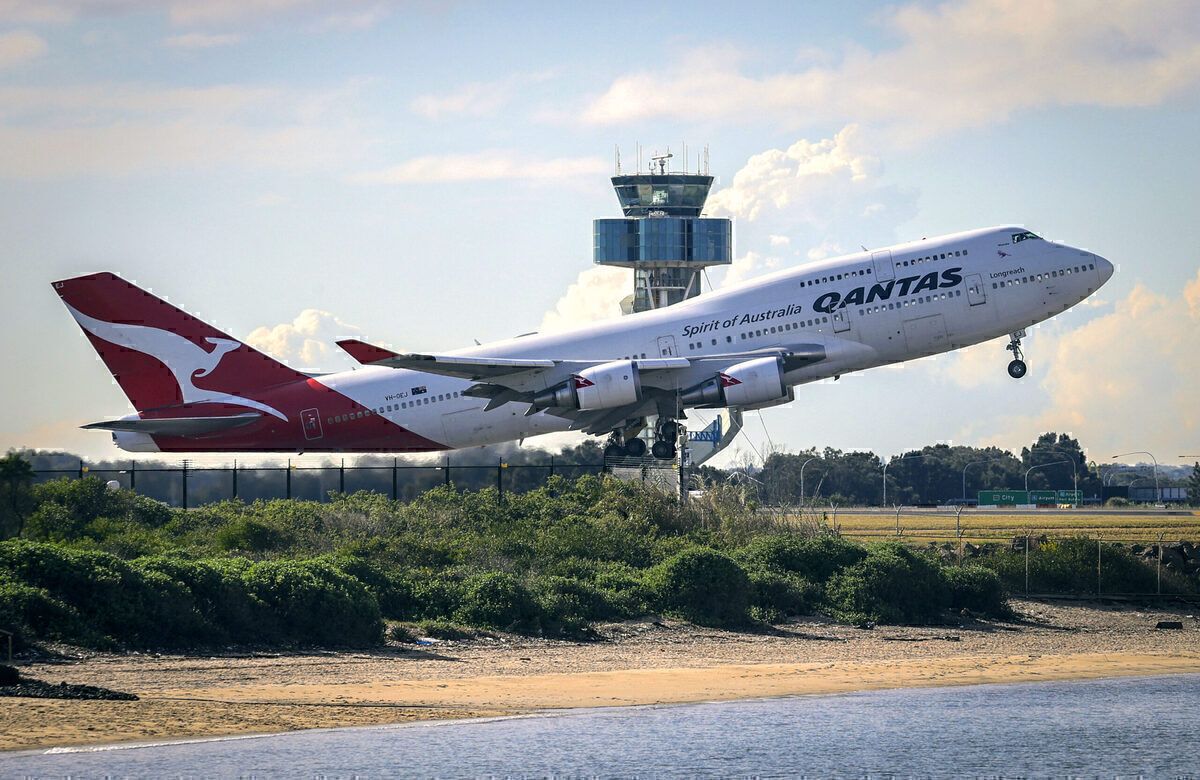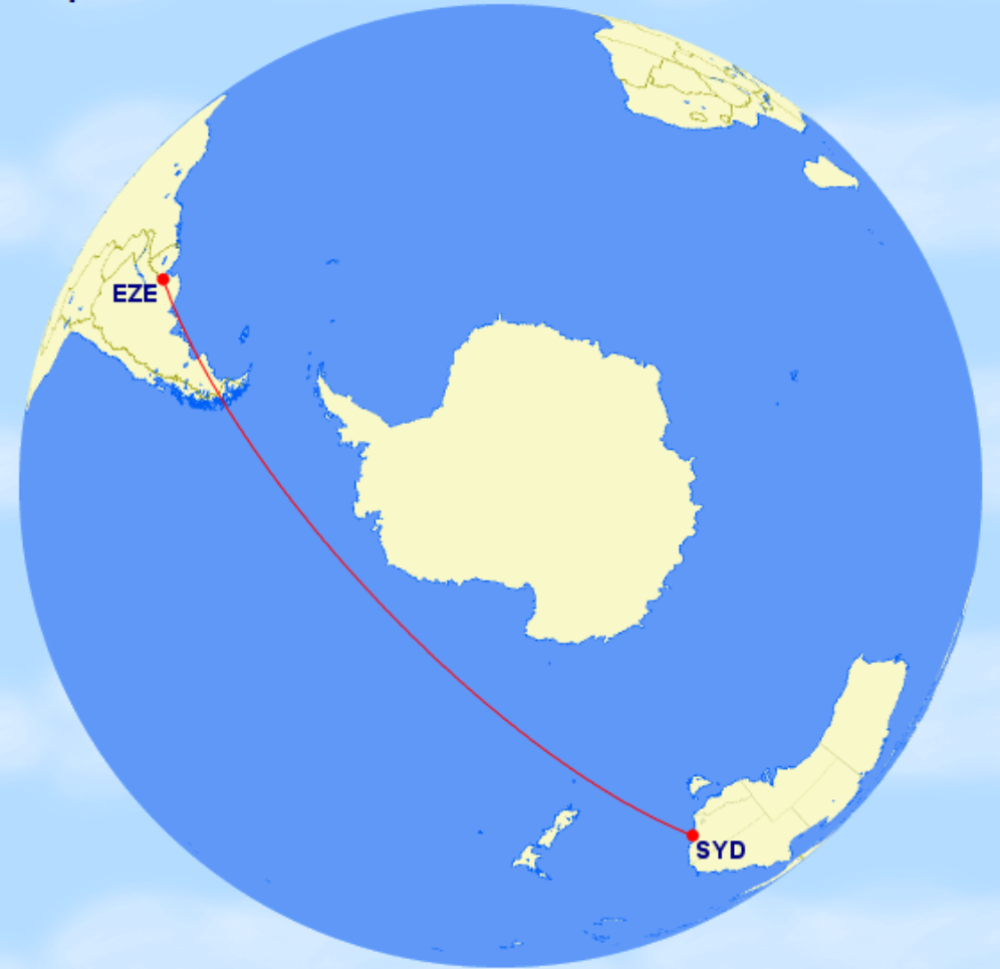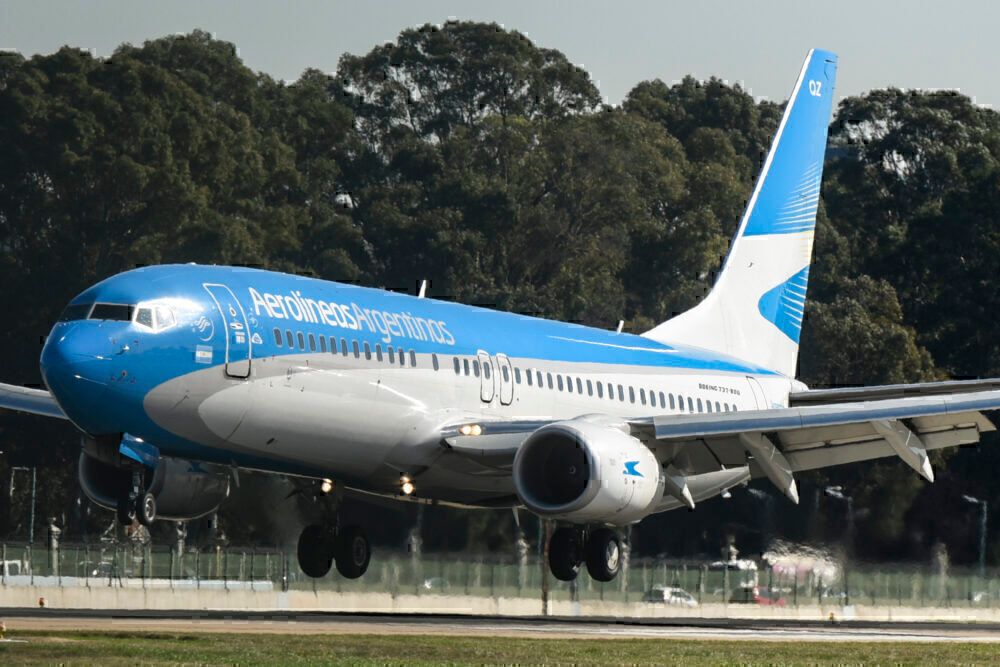In the past 20 years, Qantas has twice attempted to make a go of flying between Australia and Argentina. Both services only last for a few years. In normal times, given the relative paucity of nonstop flights between the two continents, you'd think Qantas might have been on a winner with these flights. But it didn't quite work out that way.
High hopes for the second Buenos Aires service in 2008
In November 2008, Qantas became the first airline to operate non-stop services between Australia and South America. Qantas began three return services per week between Sydney and Buenos Aires using its Boeing 747-400 aircraft.
"Argentina is a popular destination for Australian travelers, and we are seeing continued passenger growth between Australia and South America," Qantas executive, Rob Gurney, said at the time.
"They will also offer passengers connections to other destinations in South America, including Brazil."
It was the second time Qantas had headed to Argentina. The airline flew there between 1998 and 2002, albeit via Auckland.
Stay informed: Sign up for our daily aviation news digest.
Just three years later, the route was axed
Within three years, the second attempt to make Buenos Aires work was over. In a speech in August 2011, Qantas boss Alan Joyce said Qantas International operations were facing grave challenges, and the airline had conducted a wholesale review.
"The economic sustainability of Qantas International matters to the whole Qantas Group. But it is a steadily fading business, suffering big financial losses and a substantial decline in market share.
"The issues are neither cyclical nor temporary.
"Qantas International faces serious structural challenges, to do with the progressive deregulation of our market at home, the influx of competition here and abroad, and our high-cost base."
That speech marked the launch of Qantas' five-year transformation plan. That plan went on to radically overhaul the airline. Mr Joyce also used the opportunity to re-orientate South American services away from Buenos Aires to Santiago.
"Commencing in April next year, we will replace Buenos Aires with Santiago on our network, starting with three non-stop services per week."
That left Aerolineas Argentinas flying between Sydney and Buenos Aires. But that airline went on to exit the route in 2014. Aerolineas Argentinas had been flying between the two cities for some time. However, it only went nonstop in 2012, hoping to capitalize on Qantas' exit. When announcing the Sydney route's cancelation, Aerolineas Argentinas said it wanted to concentrate on South American routes and Europe.
Qantas re-orientated its South American focus towards Santiago
Until Qantas grounded its international flying earlier this year, the airline had since stuck with Santiago, and the service proved successful. There are a couple of reasons for this.
Firstly, Santiago is a significant hub airport in South America. Secondly, one-time oneworld partner LATAM provides good connections out of Santiago around South America. Also, another oneworld partner, American Airlines, regularly flew into Santiago, meaning you could hub through there before continuing onto North America.
Ultimately, the decision to swap out Buenos Aires for Santiago was pretty simple. Even back then, Santiago had a far higher level of connectivity than Buenos Aires. It was a disappointment if you were heading to Argentina, but it turns out most travelers were not.
In the last decade, Qantas International services have been all about North America and Asia. They've maintained slimline connections to the other continents, always to busy hub airports. The switch to Santiago is an example of this. Was it the right thing to do? The success of the Santiago route in the last decade would suggest it was.
What do you think? Should Qantas have stuck with Buenos Aires? Post a comment and let us know.



